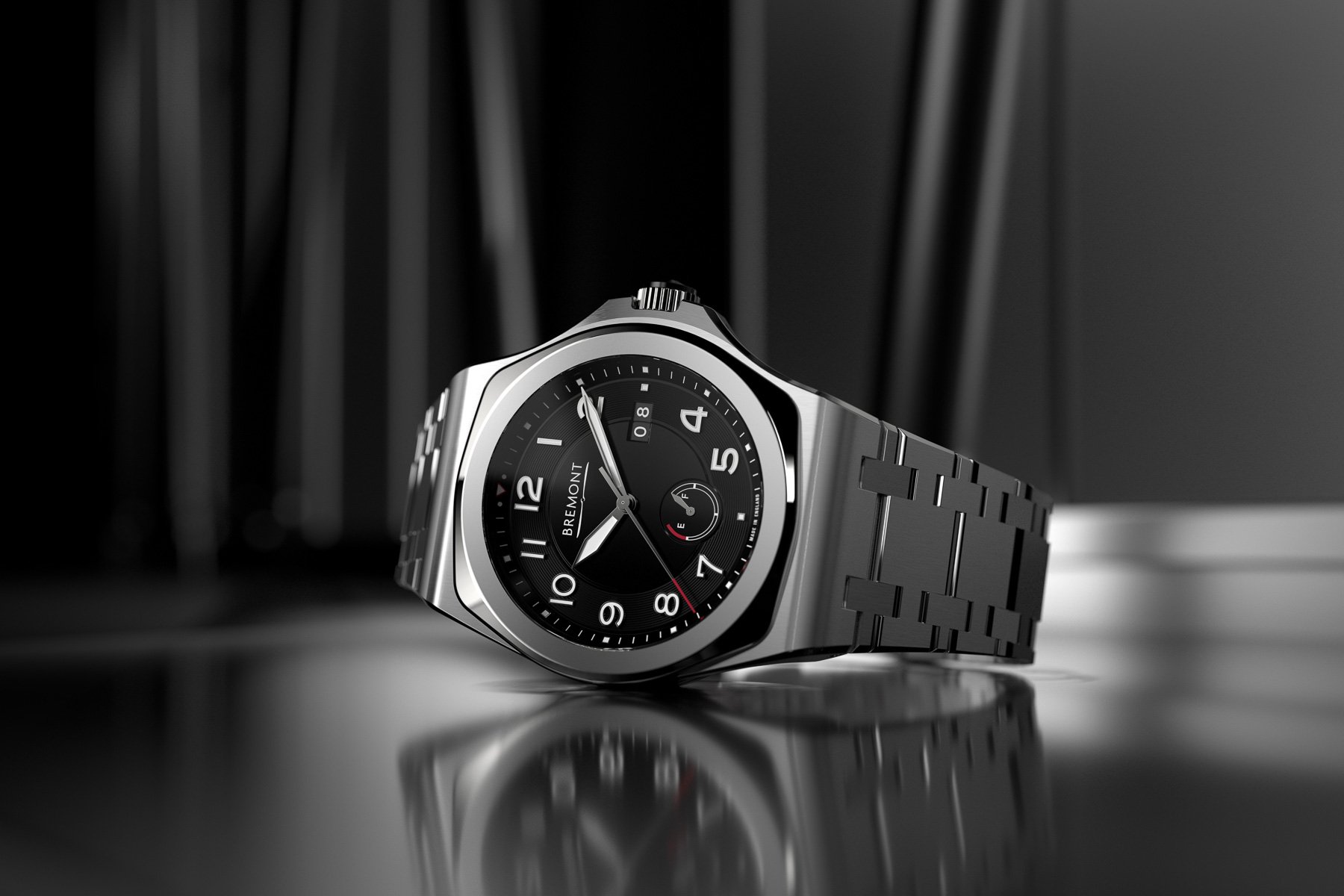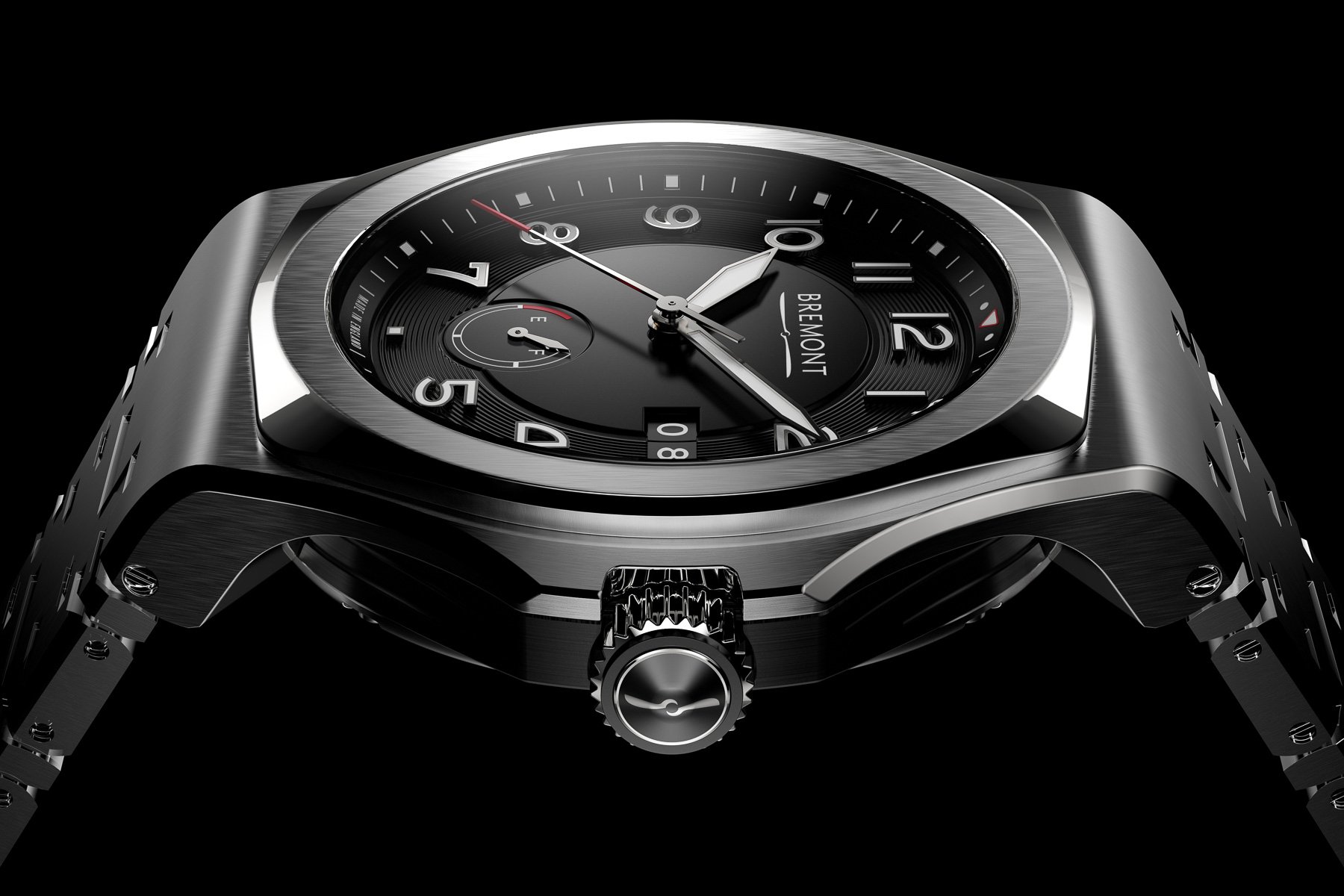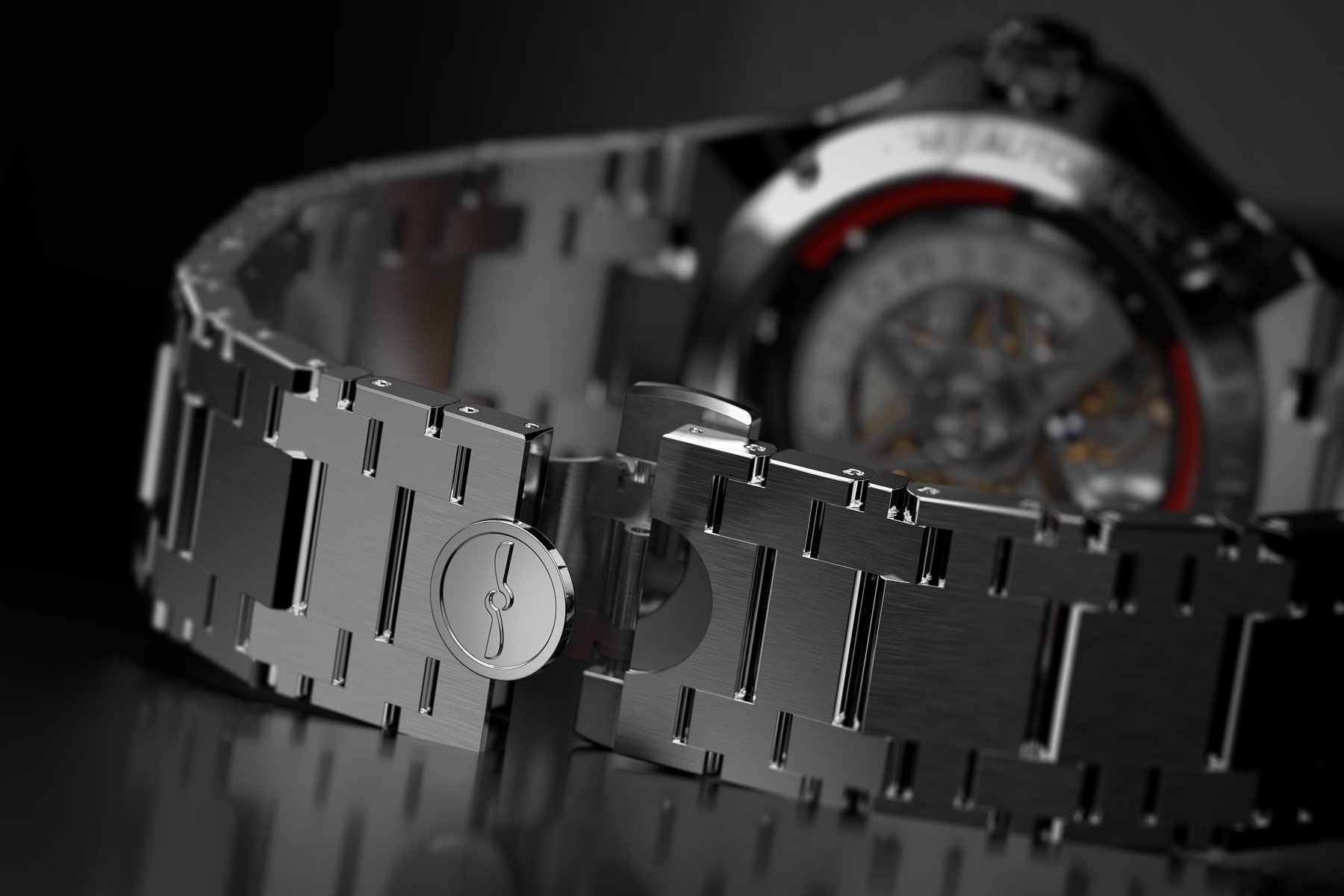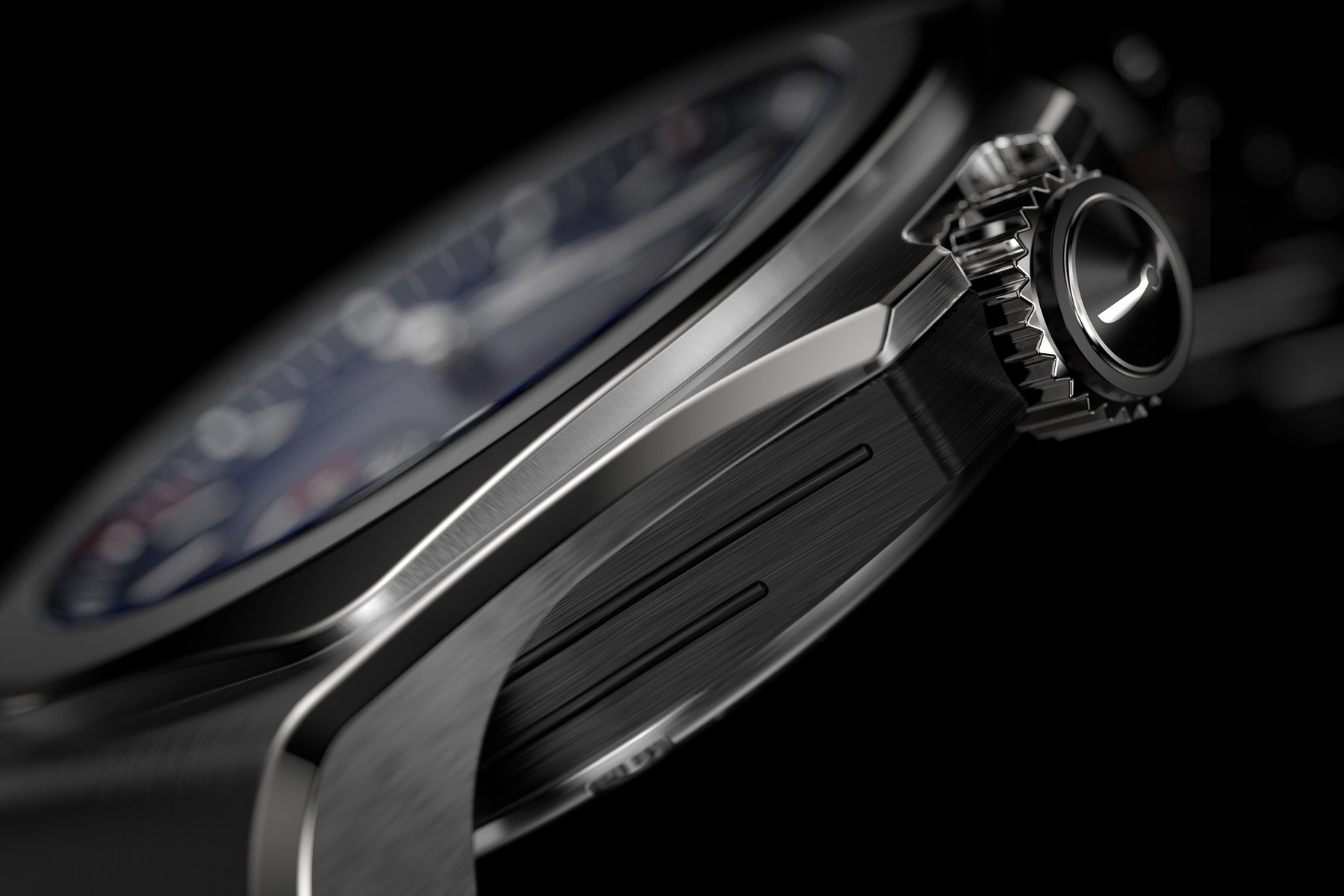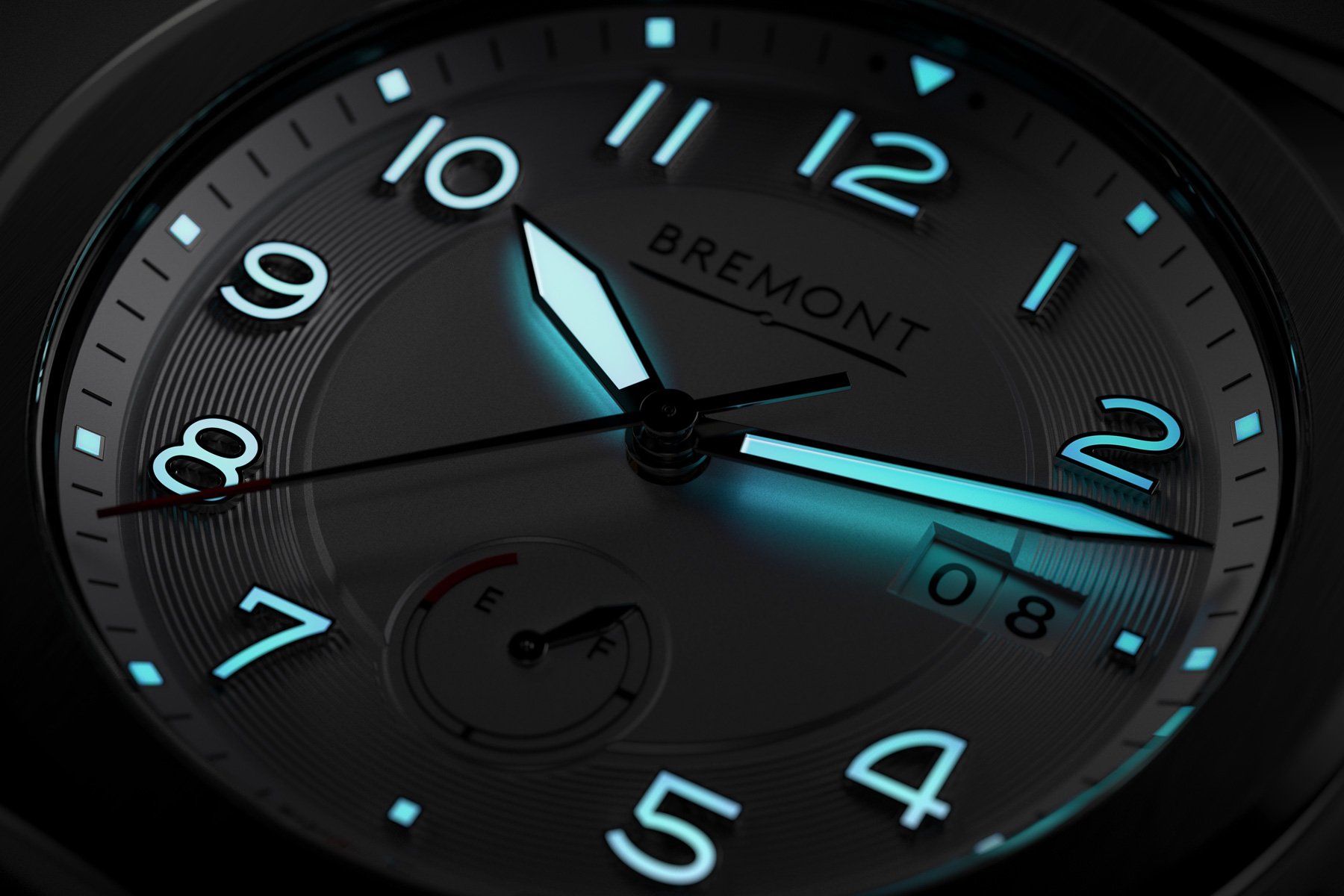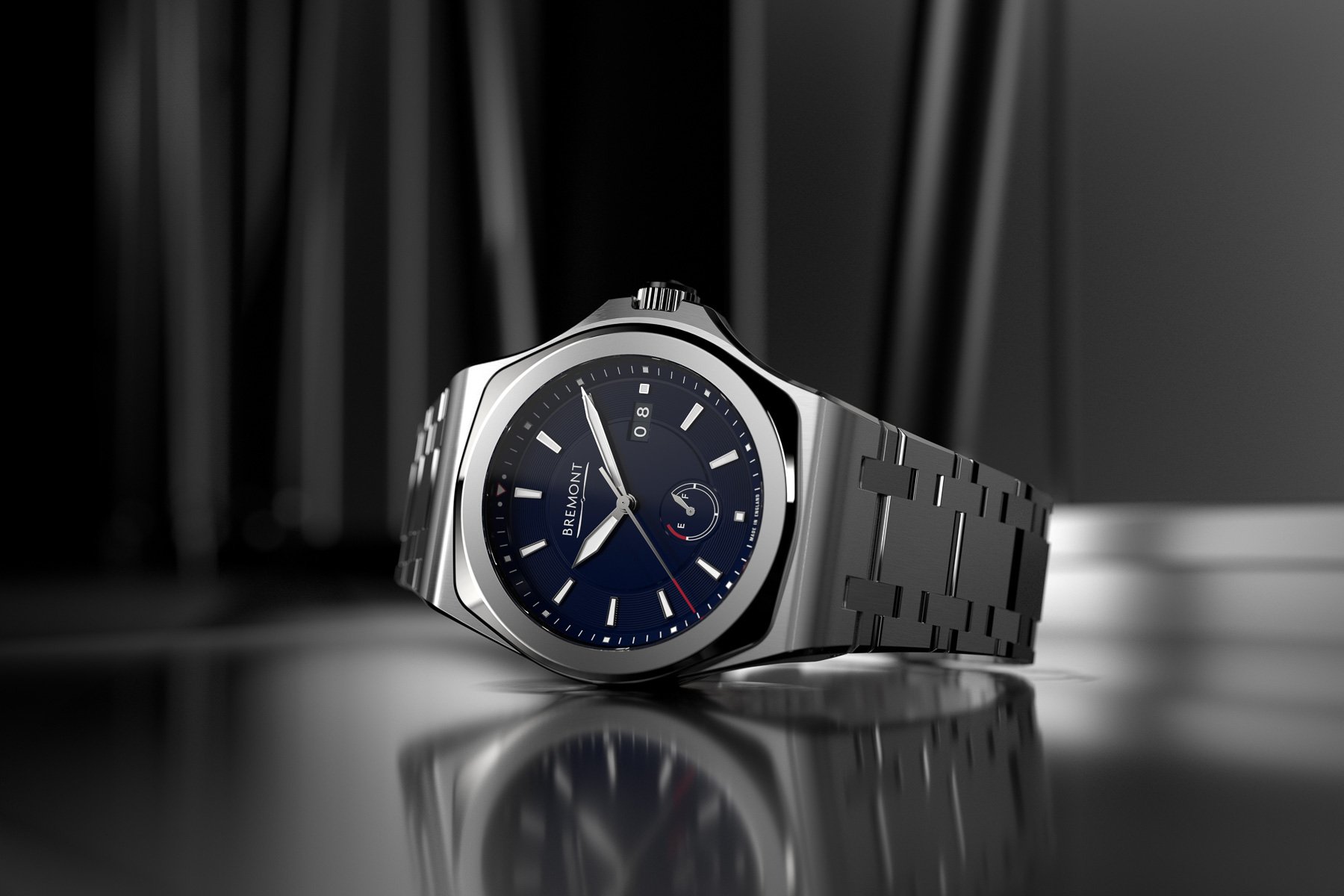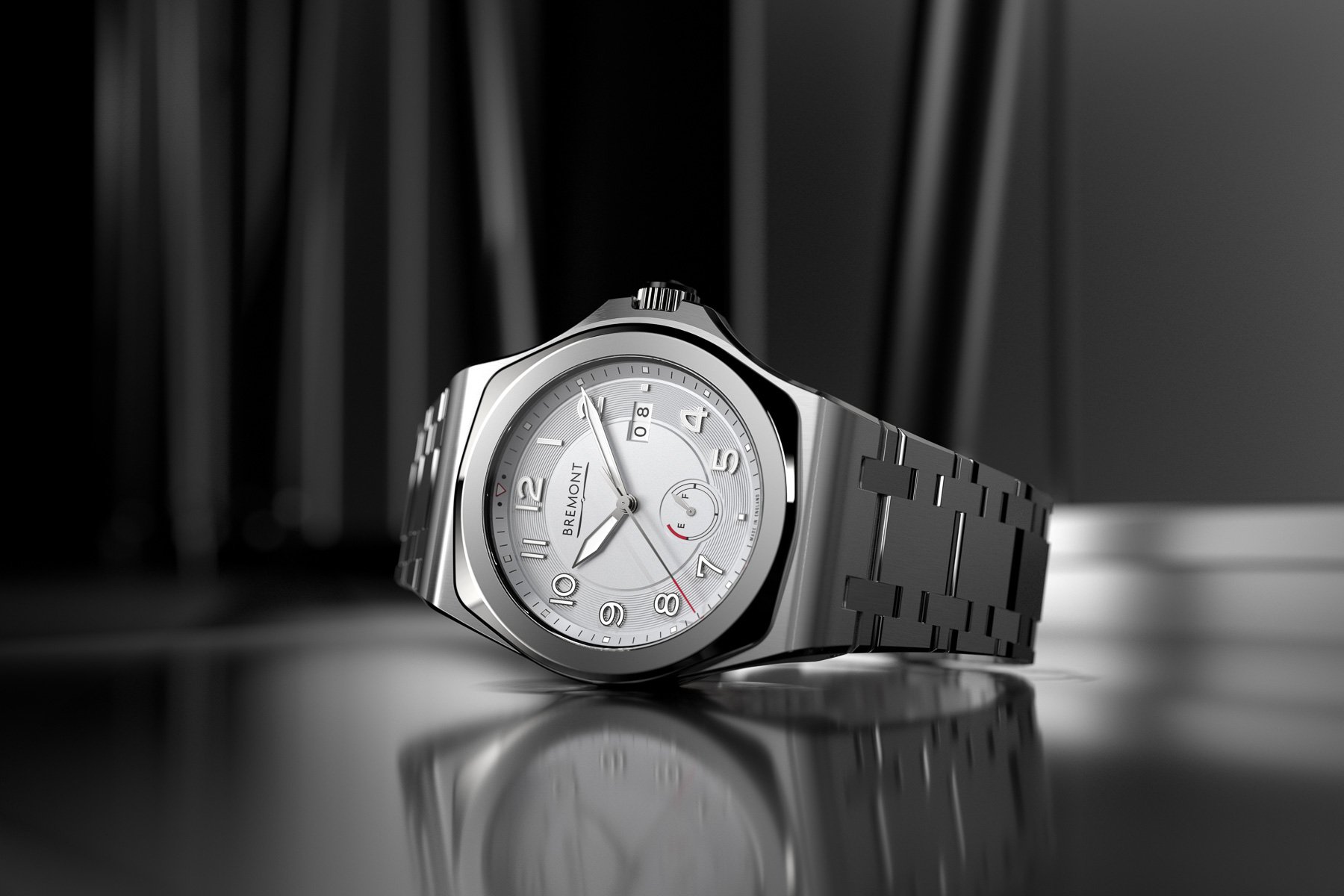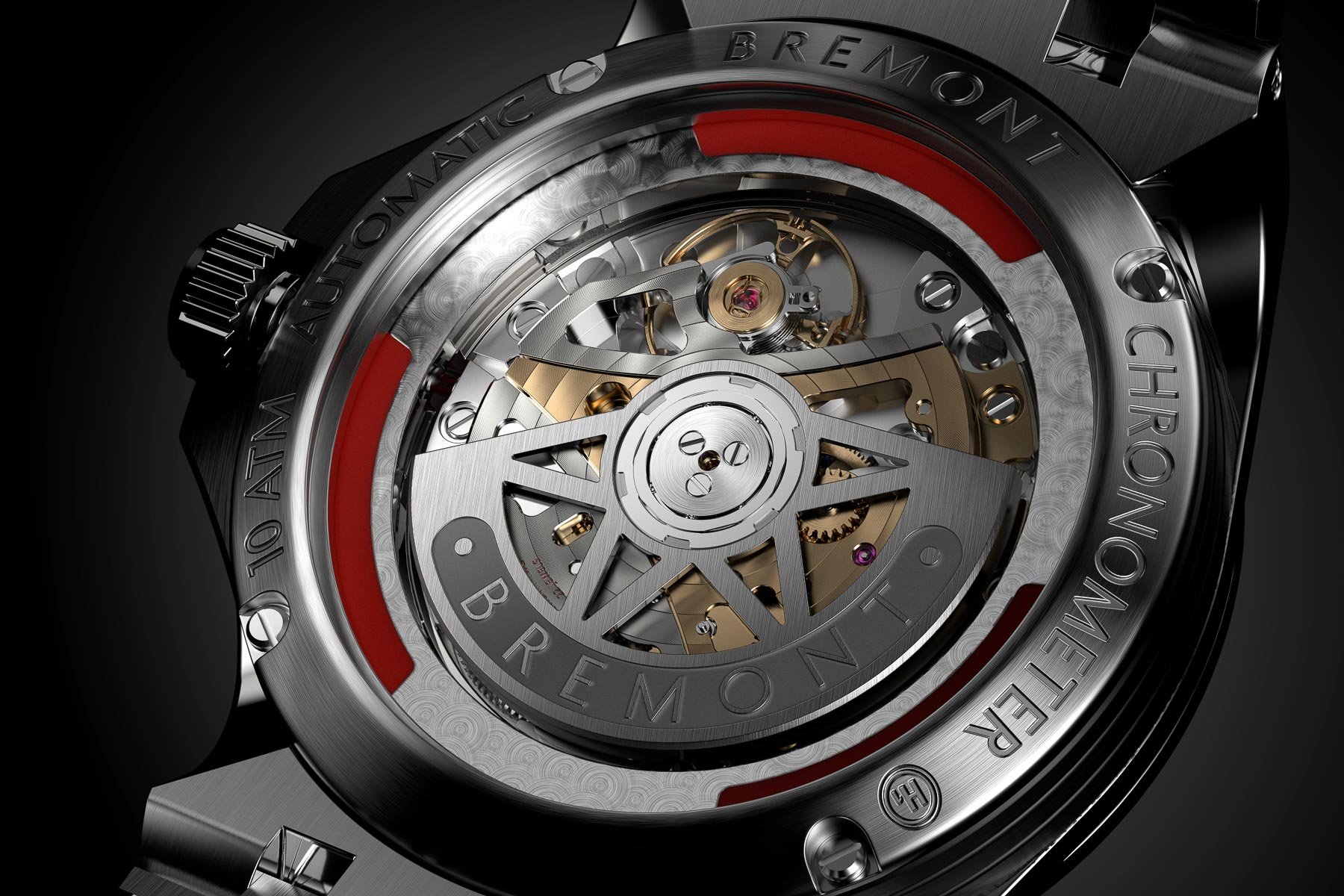Introducing The Bremont H1 Supernova Integrated Sports Watch
Today on the historic grounds of the Tower of London, Bremont unveils a trifecta of watches based around the ENG300 movement. Dubbed the “H1 Generation” the name alludes to British clockmaker John Harrison’s H1 marine timekeeper. In keeping with Bremont’s home country, the movement references the longitudinal gains made by Harrison in navigation. Not only this, but the Longitude model in 2021 was also the first to receive Bremont’s H1 Timing Standard, the brand’s version of ISO3159:2009 Chronometer testing. This also takes place on British soil at Bremont’s Manufacturing and Technology Center, also known as “The Wing” in Henley-on-Thames. Of the three new watches to carry the momentum of the ENG300 and in-house Chronometer testing, the Supernova is the model that stands out, and it is what we will discuss today.
While the Audley and Fury models continue the classic Bremont lines, the Supernova thoroughly adopts its name as a “Big Bang” event. For starters, what is immediately apparent to watch enthusiasts is the familiar aesthetic of a luxury sports watch. Chief to this is the continuous flow of the case to the end link to produce that integrated-sports-bracelet style. Obvious comparisons will be drawn to Audemars Piguet’s famous Royal Oak designed by Genta. While Bremont may not appreciate us bringing up this comparison this early into the article, it’s hard to ignore. And for me, it’s not a criticism but a compliment. The twin tabs that attach to the bracelet have a squarer shape than the rounded links of the Royal Oak. Nevertheless, the similarity is uncanny. Yet, when exploring the case further, the Bremont Supernova demonstrates its core cues that signal its individuality.
Bremont H1 Supernova
The stainless steel case of the Supernova maintains the proprietary Trip-Tick construction that serves 70–80% of Bremont’s output. Each Trip-Tick provides shock protection for the movement, but the movement itself also undergoes extensive evaluation via live ejection-seat testing at the hands of Martin-Baker. While this isn’t on the H1 testing criteria, it ensures the watch can withstand extreme shock. The Trip-Tick case also segments to improve ease of maintenance and servicing. But what really sets it apart is the unique horizontal-line pattern and texture of the middle case. The middle portion may be harder to spot now as the single-layer integrated lugs shroud it a bit. Sitting on top of the lug construction is the smooth cushion-shaped bezel with a brushed circular flat surface.
Moving to the dial, concentric grooves house the hour numerals at each interval except for the date and the sub-dial at 6 o’clock. Speaking of the date, the window is outsized with dual date wheels displaying each digit. This layout differs from the Audley and Fury models with single date discs and draws a comparison to watches from Glashütte such as A. Lange & Söhne’s Odysseus. While this connection to outside influence is more tenuous than the end links, the date window at least demonstrates Bremont’s intent to compete within the overcrowded sports-watch market. Sitting at 6 o’clock is the power-reserve indicator, mimicking a fuel gauge going from empty (“E”) to full (“F”). While slightly gimmicky, the indication is clear and offers a reminder to wear the Supernova when the power depletes from 65 hours. And while the caliber allows for manual winding, the automatic rotor also performs this duty.
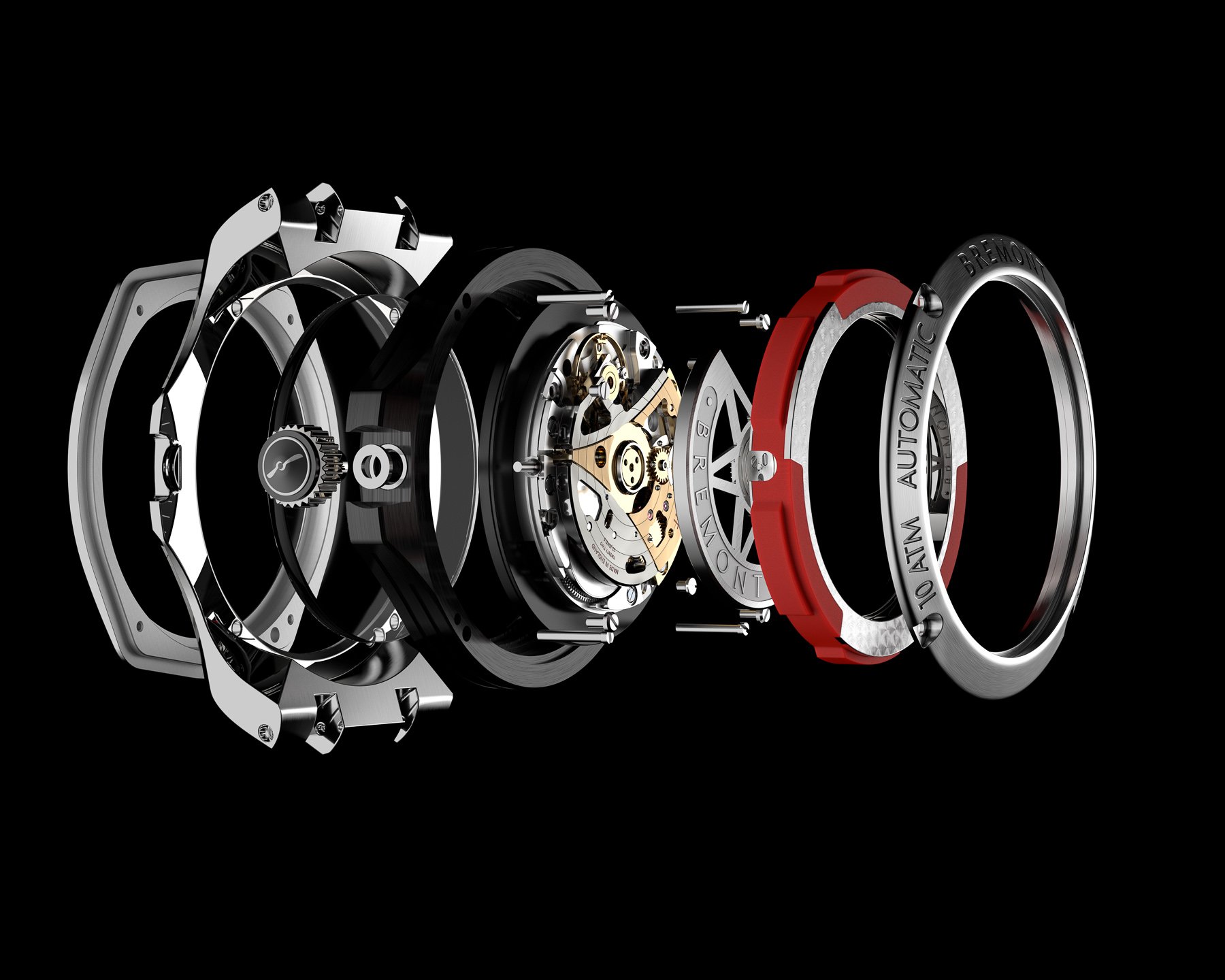
Dialing the Supernova in
Within the raised, central, and flat dial surface is the distinctive Bremont logo. It’s a nice touch to keep the central dial clean and uncluttered from superfluous information. That information is reserved for the rear case-back with depth rating (10 ATM / 100 meters), Chronometer certification (according to Bremont’s standards), and self-winding capabilities. Although, the latter is fairly obvious due to the rhodium-plated solid tungsten rotor that spins with the movement of the wrist. The rotor is nicely decorated with subtle graining and an engraved Bremont logo. Moving to the bracelet, the clasp closes in a butterfly fashion with a nicely implemented propeller logo as the central connection. Brushing is the main finishing technique for the bracelet, though some polished beveling exists down the edges of the links.
Overall, the case has a confident feel to it without overextending its welcome. The integrated construction helps in this regard, but Bremont has worked tirelessly to achieve a thin profile and tight package. The 40mm diameter sits proportionally to the 11.1mm case thickness and 53mm lug-to-lug length. At launch, there are three versions available in the Supernova range. The blue or “Midnight” version is the only model without numerals and instead opts for baton indices. The black “Pitch” and white “Albus” share the aesthetic in contrasting shades with a red accent on the seconds-hand tip, fuel gauge power reserve, and triangular 60-minute mark above the index at 12 o’clock. Each color variant is available for £7,995 / €9,295 and offers a tantalizing alternative in the higher-end integrated-sports-watch segment.
Read more about Bremont and the H1 Generation here.

